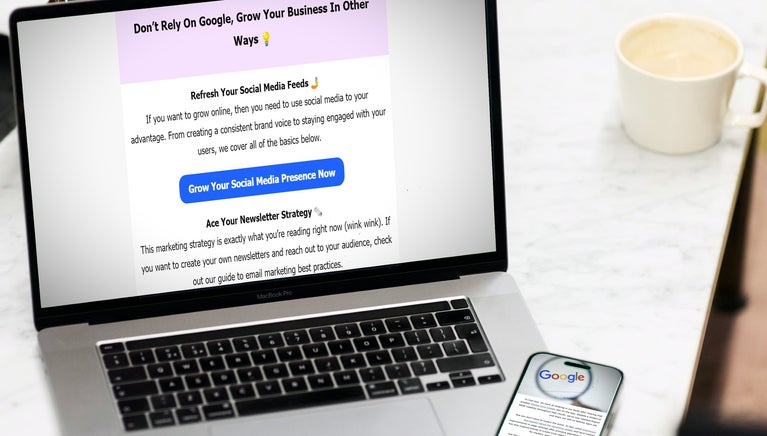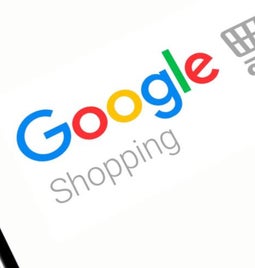Three Easy Ways to Boost Your Google Shopping Ranking
If you click to purchase a product or service based on our independent recommendations and impartial reviews, we may receive a commission. Learn more

In 2024, Google Shopping’s AI overhaul transformed how shoppers find products online, with features like AI-generated product briefs and more in-depth search categorization. However, your online business won’t be able to reap the full rewards of these changes unless your Google Shopping products are visible in the search results.
Luckily, a recent study identified the key ranking factors and found that improving your domain authority is of prime importance. This is a larger task, but there are many other areas on the list that can help raise your ranking. I’ll identify three of the easiest high-impact areas that can directly improve your Google Shopping ranking.
Keep Your Pricing Competitive
The study searched 5,000 keywords for their top 28 ranking products and found that the top SERP spots are dominated by products with below-average pricing. Lowering your product pricing is a quick fix that could result in a ranking boost.
To achieve competitive pricing, you need to know how to price your products, considering both your ideal profit and the current landscape of your market. Keep a constant eye on your top Google Shopping competitors and adapt your pricing as others fluctuate.
Nail Your Meta Descriptions
It’s no secret by now that nailing your SEO is key to ranking well, and this is no different for Google Shopping products. In fact, the study found that meta descriptions were the on-page factor with the highest correlation to rankings.
The study found two commonalities between the top-ranking products and their meta descriptions:
- Target keywords were included
- Those same target keywords were included in the first few sentences of the product descriptions
These findings show that when writing meta descriptions, it may improve your rankings if you tweak the start of your product descriptions to match the keywords.
Other on-page SEO factors mentioned were:
- Meta title – while important to Google search, keyword usage here didn’t impact the Google Shopping rating
- H1 tag – most high-ranking products didn’t include their keyword in the H1, so while it’s not necessary, it can help you stand out among the crowd
- Length of URL and product titles – there was very little correlation between these factors and the ranking position
Encourage Reviews
Google Shopping reviews had a huge correlation with a product’s ranking. According to the study, stores with 3.5 stars or less struggled to reach the top positions.
If this is an area you need to work on, you should actively reach out to customers for reviews. There are many ways to approach this, such as social media posts or post-purchase thank you emails.
Once your product has reviews, you can use review structured data, which is likely to boost your rating even further. Know that Google Shopping also pulls from trusted external review platforms like TrustPilot and Stamped.io to decide your star rating.

Summary
Overall, Google Shopping considers a whole host of factors when it ranks products, which all have a common tie to SEO, authority, and trust signals. Improving the three areas mentioned above is a great place to start. As a reminder, these factors include:
- Keeping your prices competitive
- Optimizing your meta descriptions
- Encouraging customer reviews
But, for the best results, you should also work on building backlinks and improving your Google scores to achieve a Top Quality Store Badge.
➡️Google Shopping’s newest AI tools dropped in March 2025, and can help boost your visibility in the SERPs. Find out more about them here.





Leave a comment